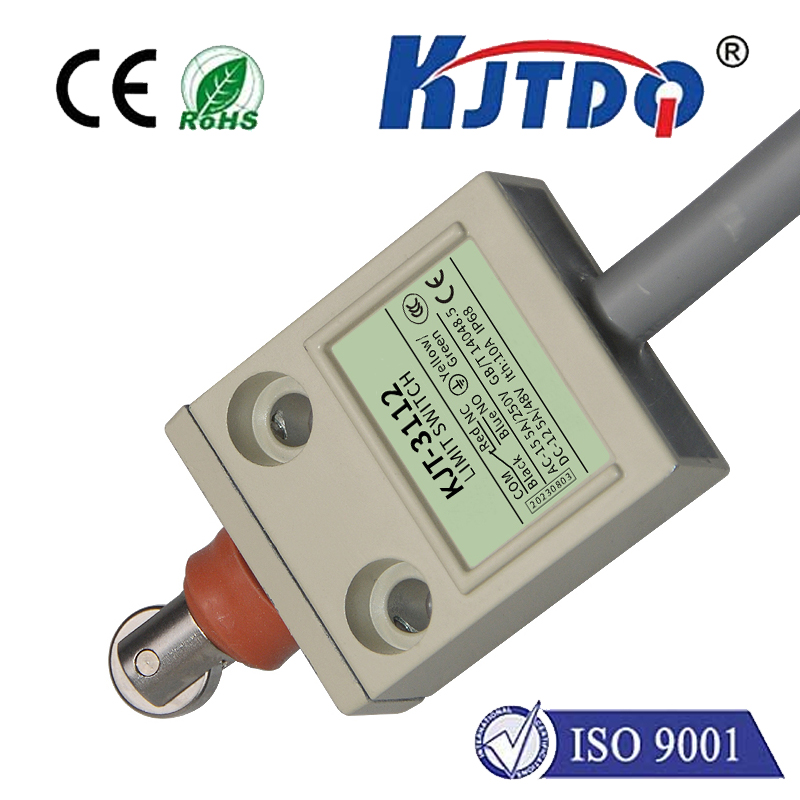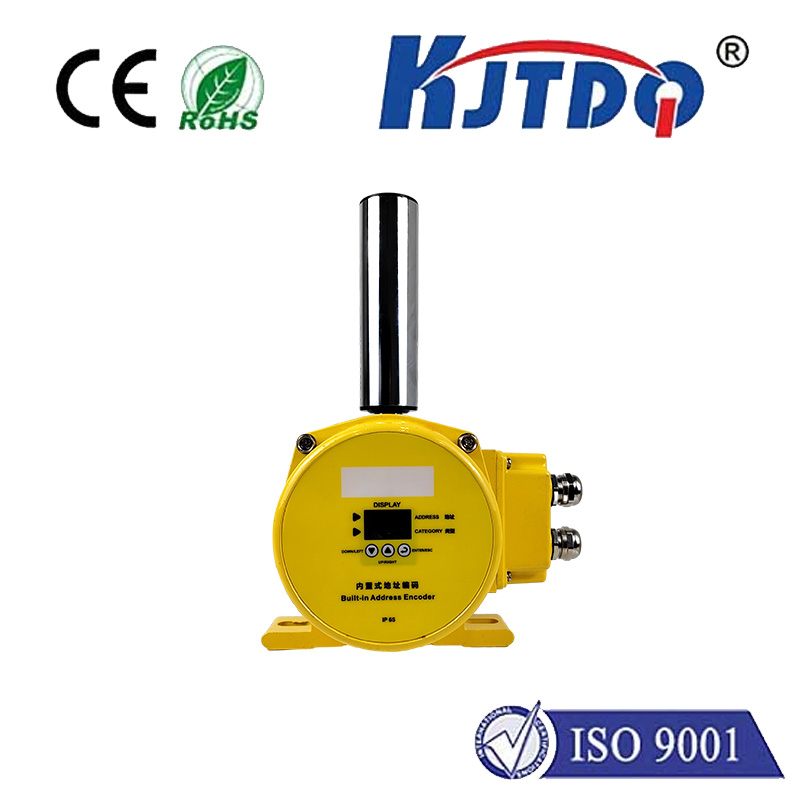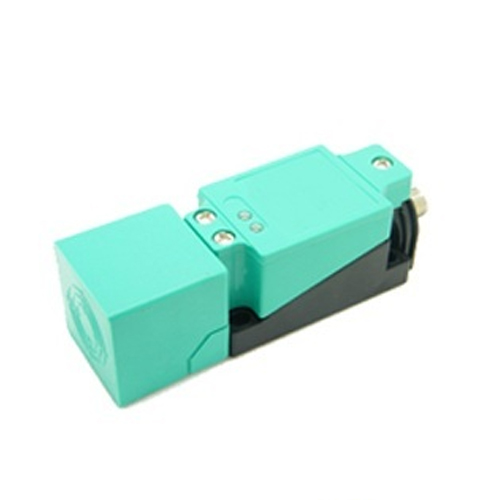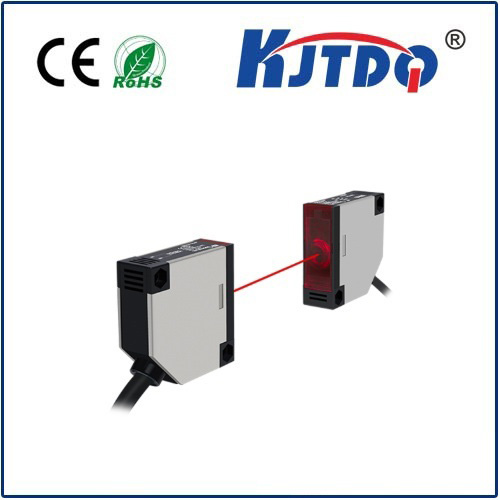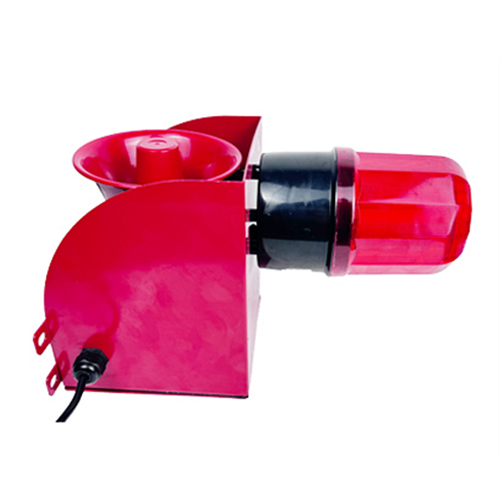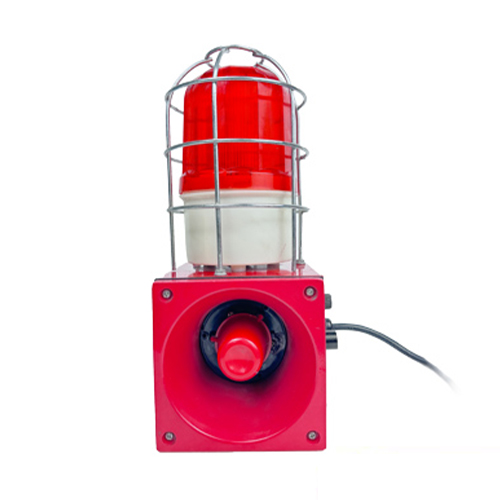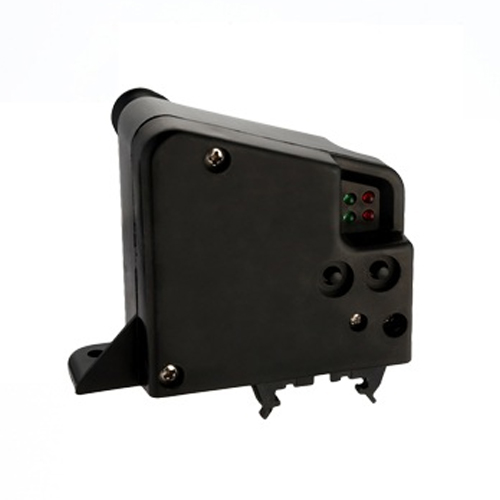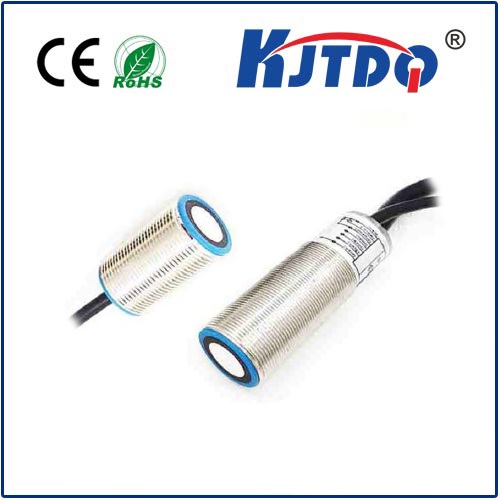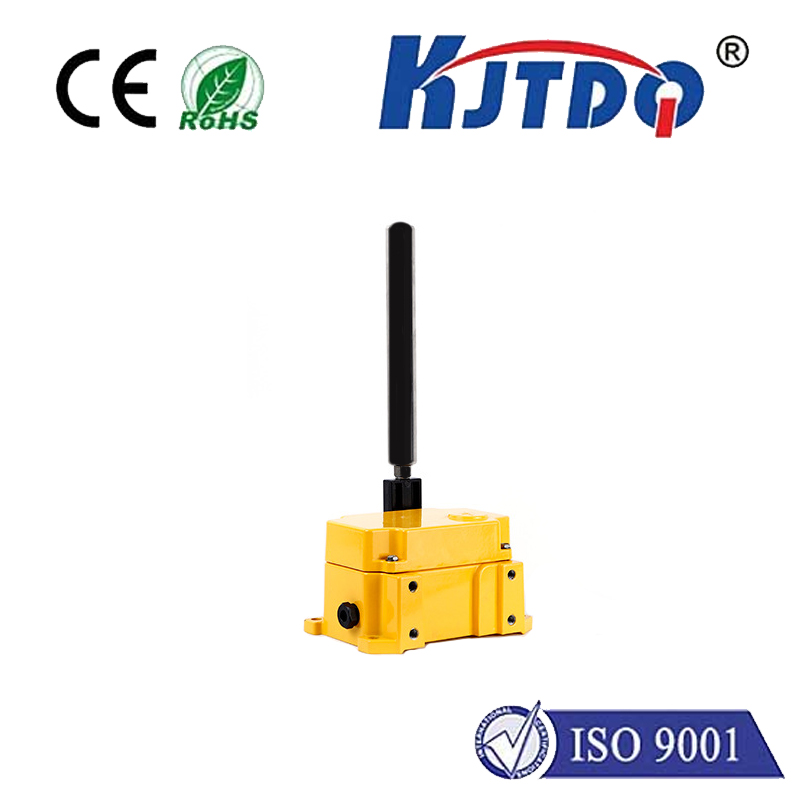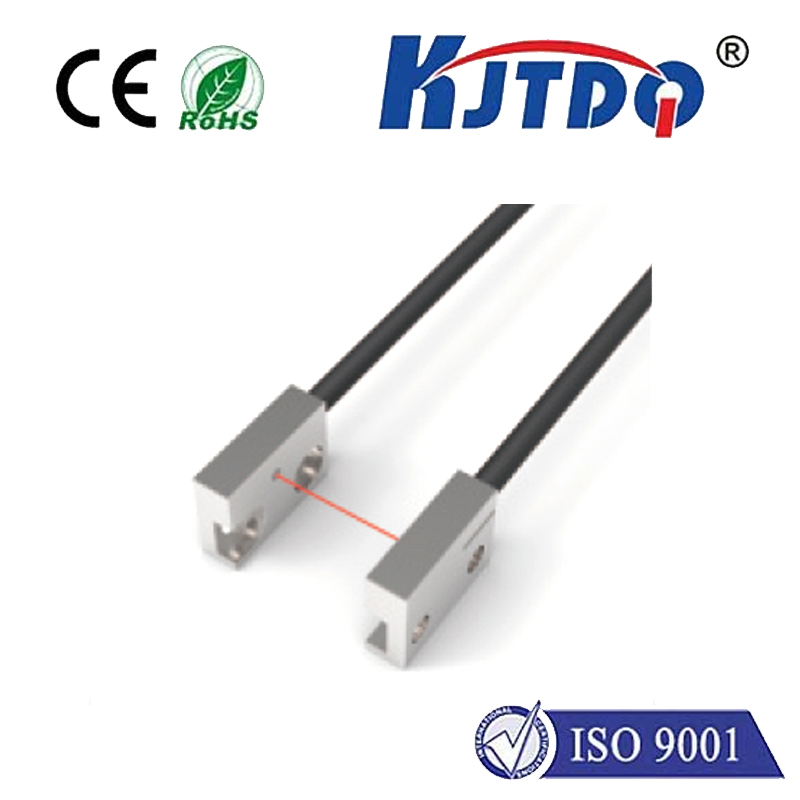

check

check

check

check

check

check

check

check

check

check
Title: Understanding the Importance of Overload Limit Switches in Crane Operations
In industrial settings, heavy machinery such as cranes plays a crucial role in moving large objects and materials. These machines are equipped with various safety features, including overload limit switches, which help prevent accidents and ensure safe operation. This article will discuss what overload limit switches are, their function, and why they are essential in crane operations.
Firstly, let's define what an overload limit switch is. In simple terms, it is a safety mechanism that alerts operators when the weight of the load being carried exceeds the maximum safe weight for the crane. When the weight exceeds the set limit, the switch automatically activates, stopping the crane's movement and preventing potential damage to the machine or harm to people nearby.
The function of an overload limit switch is to protect both the crane and its operators from severe consequences that may result from exceeding the maximum safe weight. By detecting excess weight before it becomes a problem, these switches provide an early warning system, allowing operators to adjust the load or take other necessary precautions. In some cases, the overload limit switch may also trigger additional safety features, such as locking the crane's arms or limiting its movements.
Now that we understand the importance of overload limit switches in crane operations, let's delve into why they are essential. One primary reason is safety. Overloading a crane can lead to serious injuries or even death for operators and nearby individuals. Moreover, it can cause costly damage to the equipment, affecting productivity and operational efficiency. By incorporating overload limit switches into crane designs, manufacturers can significantly reduce the risk of accidents and ensure the safety of their workers and the public.
Another reason is compliance with regulations. Many countries have strict laws and regulations governing the safe use of industrial equipment, including cranes. These regulations often impose requirements on equipment manufacturers to include specific safety features, such as overload limit switches. Complying with these regulations not only ensures legal protection but also demonstrates a commitment to worker safety and public welfare.
Furthermore, overload limit switches promote better maintenance practices. By providing early warnings of excessive weight, these switches can help operators detect potential problems earlier and address them promptly. This leads to better preventive maintenance, reducing downtime and extending the life of the crane. Additionally, it encourages operators to be more mindful of their load-handling practices and make safer decisions overall.
In summary, overload limit switches play a critical role in ensuring the safe and efficient operation of cranes. Their function as a safety mechanism against excessive weight loads protects both operators and surrounding individuals from harm. Compliance with regulations and promotion of better maintenance practices further emphasize their importance in industrial settings. By implementing these switches into crane designs, manufacturers can create a safer working environment for everyone involved.
